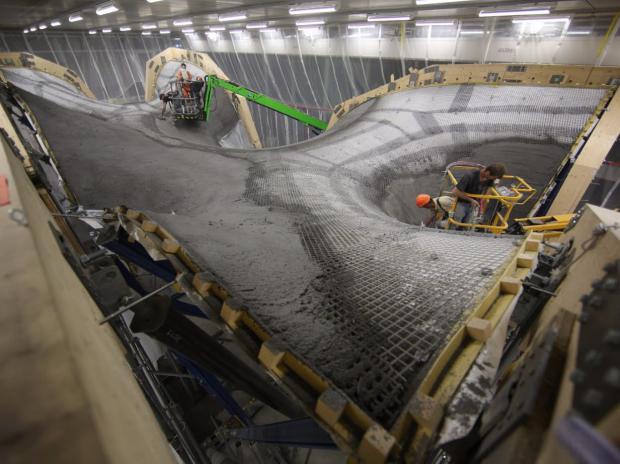
Breaking News
 Christmas Truce of 1914, World War I - For Sharing, For Peace
Christmas Truce of 1914, World War I - For Sharing, For Peace
 The Roots of Collectivist Thinking
The Roots of Collectivist Thinking
 What Would Happen if a Major Bank Collapsed Tomorrow?
What Would Happen if a Major Bank Collapsed Tomorrow?
Top Tech News
 EngineAI T800: Born to Disrupt! #EngineAI #robotics #newtechnology #newproduct
EngineAI T800: Born to Disrupt! #EngineAI #robotics #newtechnology #newproduct
 This Silicon Anode Breakthrough Could Mark A Turning Point For EV Batteries [Update]
This Silicon Anode Breakthrough Could Mark A Turning Point For EV Batteries [Update]
 Travel gadget promises to dry and iron your clothes – totally hands-free
Travel gadget promises to dry and iron your clothes – totally hands-free
 Perfect Aircrete, Kitchen Ingredients.
Perfect Aircrete, Kitchen Ingredients.
 Futuristic pixel-raising display lets you feel what's onscreen
Futuristic pixel-raising display lets you feel what's onscreen
 Cutting-Edge Facility Generates Pure Water and Hydrogen Fuel from Seawater for Mere Pennies
Cutting-Edge Facility Generates Pure Water and Hydrogen Fuel from Seawater for Mere Pennies
 This tiny dev board is packed with features for ambitious makers
This tiny dev board is packed with features for ambitious makers
 Scientists Discover Gel to Regrow Tooth Enamel
Scientists Discover Gel to Regrow Tooth Enamel
 Vitamin C and Dandelion Root Killing Cancer Cells -- as Former CDC Director Calls for COVID-19...
Vitamin C and Dandelion Root Killing Cancer Cells -- as Former CDC Director Calls for COVID-19...
 Galactic Brain: US firm plans space-based data centers, power grid to challenge China
Galactic Brain: US firm plans space-based data centers, power grid to challenge China
Ultra-thin, curvy concrete roof is a monument to digital design

Now, engineers at ETH Zurich have developed a more efficient method for building with the material, erecting an ultra-thin, curved prototype roof that's 5 cm (2 in) thick on average, and designed to support energy-saving systems in the building.
Although it's since been dismantled to make way for other test structures, the prototype stood 7.5 m (24.6 ft) tall and was ultra-thin, measuring 12 cm (4.7 in) at its thickest and just 3 cm (1.2 in) at the edges. It had a surface area of 160 m2 (1,722 sq ft) and covered an area of 120 m2 (1,292 sq ft), and that discrepancy was down to the fact that the roof arched over, forming shapes that concrete normally wouldn't be capable of without complex support structures.
Instead of using custom-built, single-use wooden or foam scaffolding, the engineers tested a new technique of their own design. A net of steel cables was stretched into the desired shape, and a polymer textile was laid over the top to create a flexible formwork. The shape was controlled by algorithms that distribute the force evenly between the cables and determined just how much concrete needed to be applied to each section. Afterwards, the cable net can be dismantled, reused and reshaped as needed.

 The State's Last Stand
The State's Last Stand


